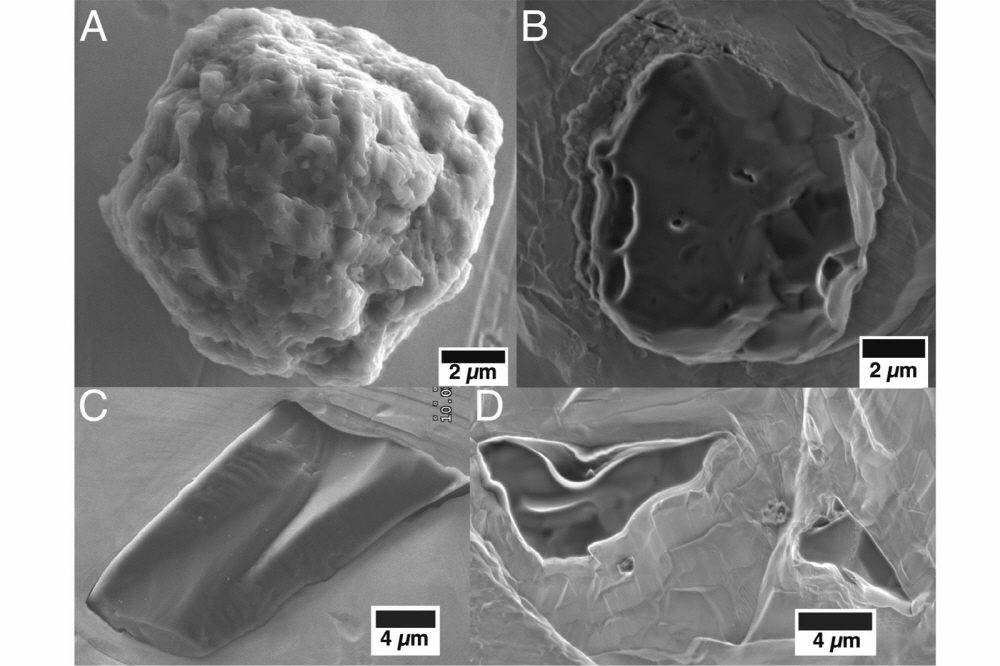
A joint research team from the United States and Switzerland found a particle estimated to be 7.5 billion years ago in a meteorite that fell to Australia in the 1960s, according to the National Academy of Sciences Newsletter PNAS. Considering that it is said that the solar system, including the Earth, was 4.6 billion years ago, this material has existed since as many as 3 billion years ago. The researchers said that the particles found in meteorites are solid samples of old stars, called stardust.
Once a star in the universe is born, it does not continue to exist, but if it is a star, it will soon become a white dwarf star due to lack of fuel material, or a supernova explosion, extinction, or a neutron star or a black hole with its nucleus remaining. The star material that caused the explosion is released into outer space and fills other planets. It is the presolar grain that is formed by the release of these stars at the end.
The team discovered 40 minerals in the Sun Solar System contained in the Murchison meteorite that fell in Victoria, Australia in 1969. In order to determine how long the particle has been exposed to cosmic rays, the amount of isotopes of Ne-21, an element made by reacting matter to cosmic rays, was investigated.
As a result, the age when the most particles were made is 4.6 to 4.9 billion years ago from now. It turns out that the solar system was born 4.6 billion years ago and the Earth was completed 4.5 billion years ago, so it was a little ahead of the sun. And the oldest particulate matter is said to have been born 7.5 billion years ago.
Also, the oldest of the Sun Solar System minerals discovered so far was 5.5 billion years ago. The paper suggests that our hypothesis thought that many stars were born during the formation of the solar system 46 to 4.9 billion years ago, but the discovery of these particles reveals that more stars began to form in the galaxy 7 billion years ago.
It also explains that the discovery of the particles gave direct evidence of the period during which the galaxy intensified star formation in meteorite samples 7 billion years ago. Related information can be found here .


















Add comment